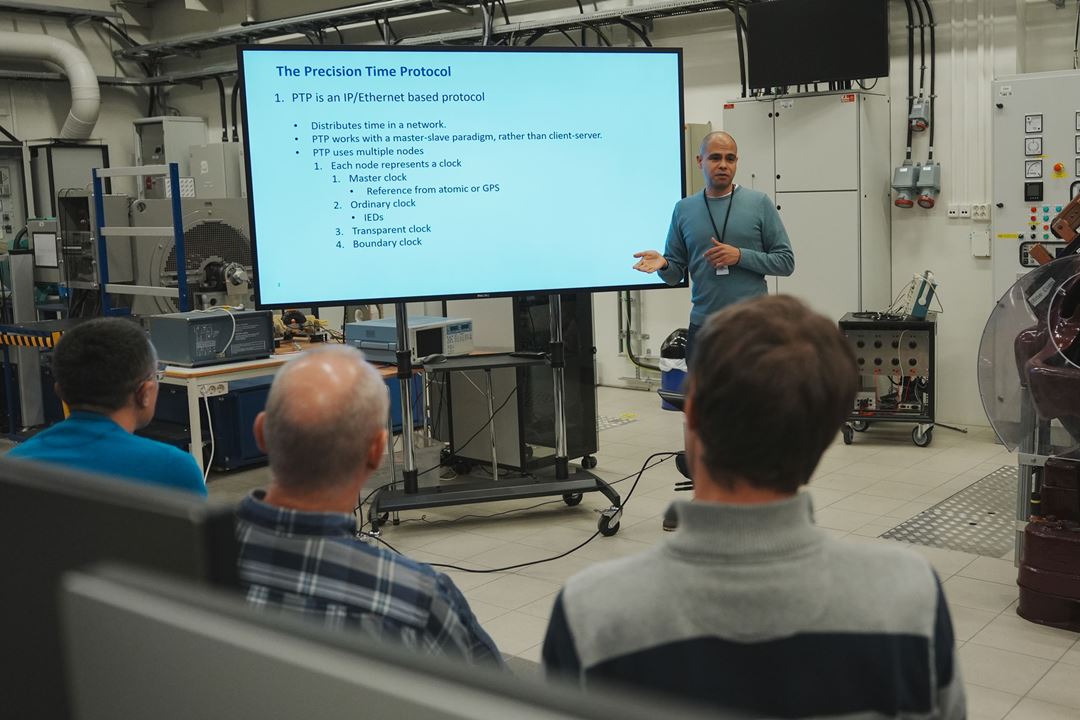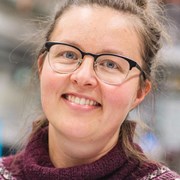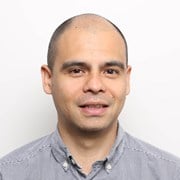Nineteen participants from five different grid companies as well as Statnett, NVE, and NTNU, took part in the course organised by the ECoDiS project (Engineering and Condition monitoring in Digital Substations). This project aims to harness the full potential of digital substations to enhance security of supply, safety, observability, and to reduce costs in a changing power system. To electrify Norway, we depend on a smart power grid.
A closer collaboration is necessary
“In some repscts, digital substations are substantially different from conventional ones. This leads to people from entirely different fields having to collaborate - for example experts in communication networks and ICT security and experts in electrical power”, says Maren Istad, research scientist at SINTEF Energy Research, and ECoDiS project leader.
Digital substations are quite new in Norway. In a digital substation, protection and control equipment from different suppliers communicates with primary components via new fiber optic cables, replacing a large number of copper wires. All the information is exchanged as a stream of data packets. This means that digitisation comes closer to the primary components.
“Expert skill development is crucial when introducing any new technology. A digital substation in the lab provides an opportunity to test and experiment with different situations and failure cases – something that is not possible in full operation”, says Istad.
One of the goals of the ECoDiS project is to increase expertise related to digital substations. The project therefore organises lab courses. The course was conducted by SINTEF researcher Santiago Sanchez-Acevedo and NTNU professor Hans Kristian Høidalen.

Preparation for the future
As part of the ECoDiS project, a platform has been built in the National Smart Grid Laboratory which makes it possible to test things like interoperability and cybersecurity. These are two aspects of the international standard IEC61850, defining communication protocols for smart electronic devices at electrical transformer stations.
David Fredriksen, Atle Ripegutu, and Geir Magne Abusdal from Glitre Nett were among the 19 participants in the course. They received both a theoretical introduction and the opportunity to perform lab tests. Participants saw what normal traffic in a digital substation looks like, gained insight into available tools, and into what these tools can allow them to uncover.
“We are part of the ECoDiS project and participating in this course to gain a fundamental understanding of how digital substations and the analysis of data traffic work”, says Fredriksen. His colleague Ripegutu adds:
“We need knowledge to prepare for what is coming. What happens in the power grid, looking forward, will radically change our work. Therefore, we need expertise in the grid company to address future challenges."



